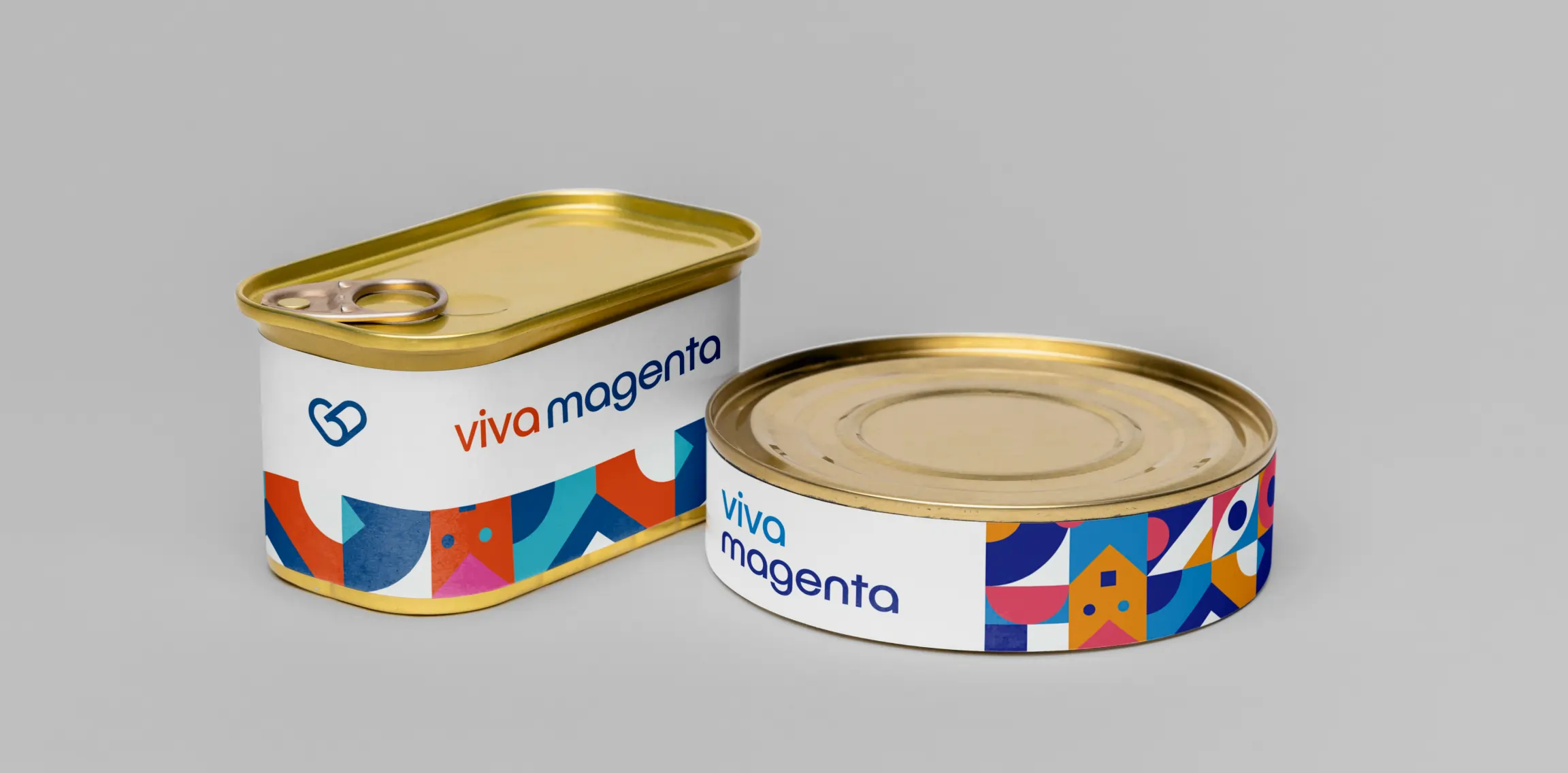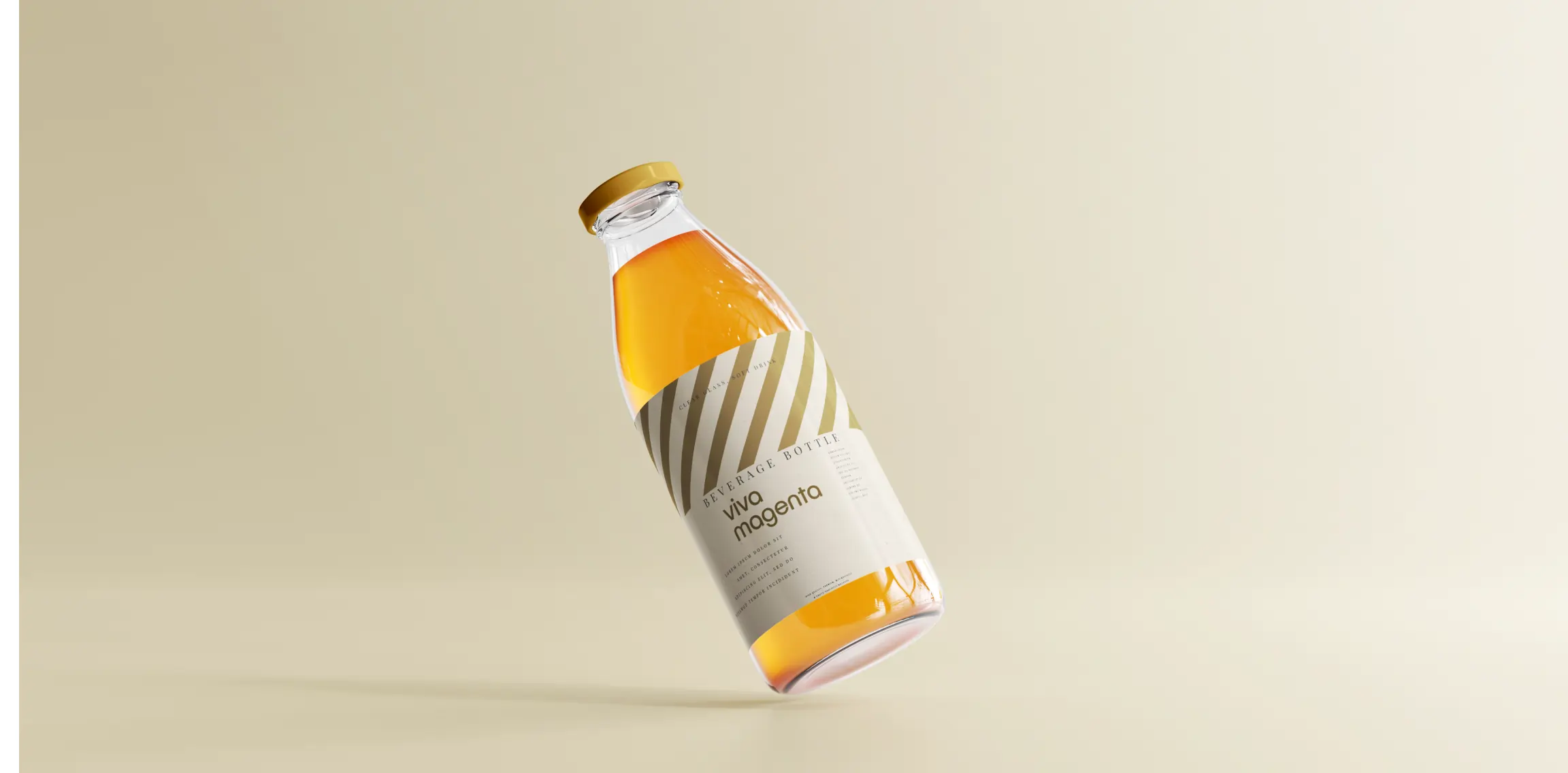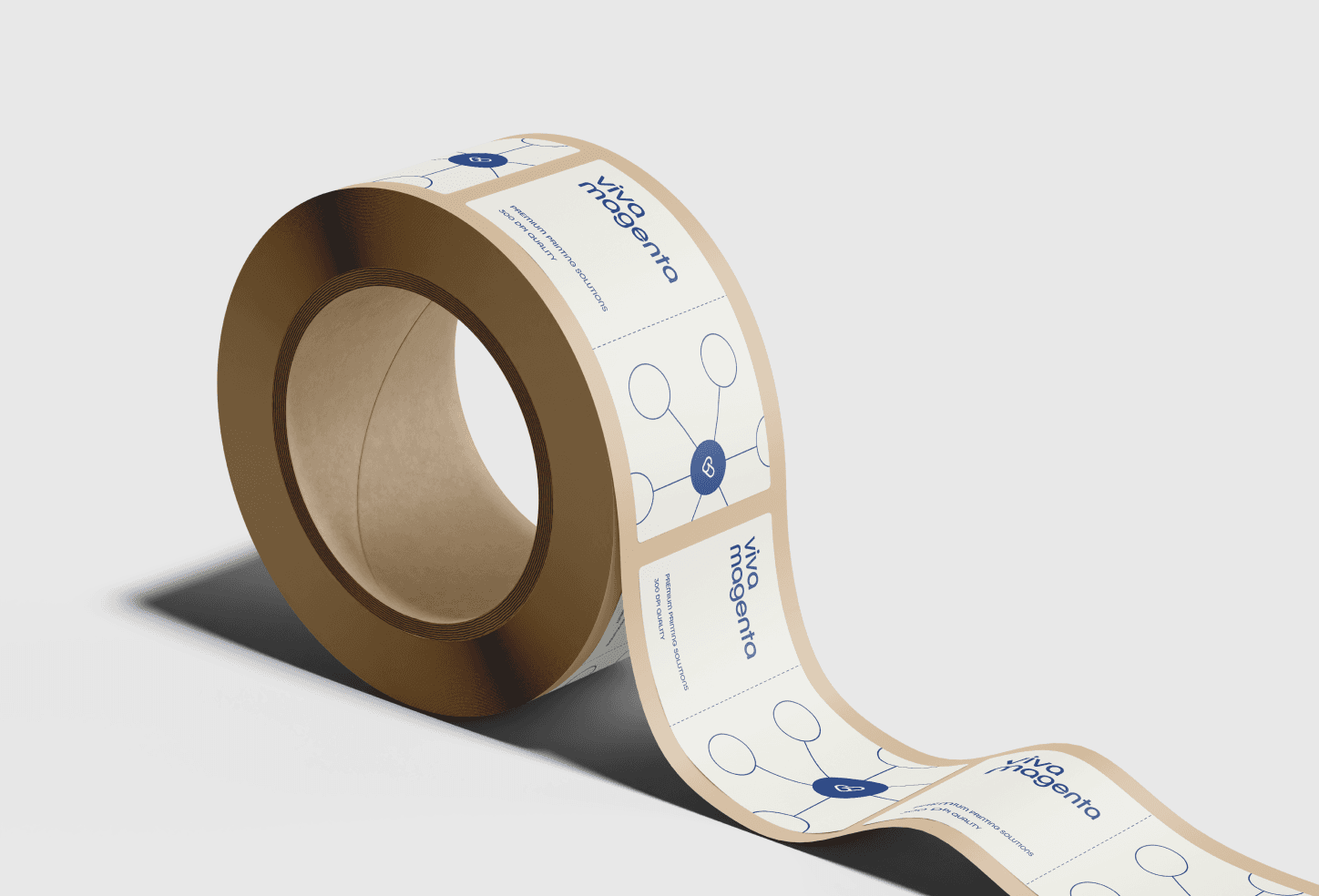Paper Labels vs. Film Labels: Exploring the Spectrum of Label Materials
In the intricate dance of the marketplace, labels lead the way, offering much more than a mere name or description. They are the silent ambassadors of your brand, the subtle touchpoints that communicate value, quality, and story. In an era where the choice of packaging material speaks volumes about a company's values, paper labels and film labels stand out for their distinct advantages and applications. This article will peel back the layers of these labelling options, guiding you through their aesthetics, functionalities, and environmental implications. Our journey through the world of labels will provide the insight needed to make an informed choice that resonates with your brand's narrative and commitment to sustainability.
I. Paper Labels: A Sustainable Choice
When it comes to labelling, paper labels emerge as a beacon of sustainability and versatility. Crafted from renewable resources, these labels offer a tactile experience that can influence consumer perception and interaction with your product.
A. The Nature and Versatility of Paper Labels
Paper labels promise simplicity and classic appeal. They are the labelling world's chameleons, able to adhere to many surfaces, from glass jars to cardboard boxes. With the potential for an array of colours, shapes, and sizes, they can be tailored to fit the narrative of any product, from artisanal coffee to pharmaceuticals.
B. The Benefits of Paper Labels
Their cost-effectiveness is a boon for businesses, allowing for high-quality branding without breaking the bank. The variety of adhesive strengths available ensures that whether your product faces the frost of a freezer or the warmth of a store shelf, there is a paper label fit for the task. Moreover, their printability makes them a canvas ready to support your brand's designs, from minimalist logos to complex patterns..
C. Types of Paper Labels
Gloss Labels and High Gloss Labels: The sheen of gloss paper labels captures the eye, lending products a vibrant presence. High gloss paper variants take this further, offering an almost reflective surface that screams luxury and high quality.
Thermal Paper Labels: In the fast-paced world of logistics and retail, thermal paper labels stand out for their swift printability. These paper labels respond to heat to produce text and images, making them an efficient option for time-sensitive applications like shipping.
Fluorescent Paper Labels: Bright and impossible to ignore, fluorescent paper labels are the shelves' loudspeakers. They are often employed in retail to announce offers or highlight essential information.

II. Film Labels: Durable and Versatile
Film labels represent the fusion of resilience and adaptability in product branding. Their robust nature ensures that your brand's essence withstands time and the elements, making them ideal allies for a wide range of products.
A. Overview and General Applications of Film Labels
The realm of film labels is expansive, catering to needs as diverse as the industries they serve. These labels grace everything from the sleek surfaces of personal care products to the rugged contours of industrial containers. Their ability to resist moisture, chemicals, and wear and tear makes them a steadfast choice for products that journey through challenging environments.
B. Exploring the Types of Film Labels
Polypropylene Labels: Polypropylene is the all-rounder of the film label family. It is renowned for its balance of flexibility, strength, and clarity. It is the go-to for brands that require vibrant, long-lasting labels that can endure the rigours of daily use.
Metallic Labels: Metallic labels offer a lustrous charisma for products vying for attention. Their reflective surface can infuse a sense of luxury and sophistication, commonly sought after in the high-end market segments. These labels catch the light and draw the eye, adding a premium touch to any product. They are generally the second most preferred option in the film labels family.
Transparent and Clear Labels: Transparent labels allow for a seamless look, blending with the product packaging to enhance visual appeal without overshadowing the product itself.
Ultra-Clear Labels: The near-invisible ultra-clear labels, in particular, offer a 'no-label' look that can elevate product aesthetics, making them a favourite for premium goods. They maintain high transparency, ensuring your product is at the forefront of consumer attention.
III. How to select between paper labels and film labels?
Selecting the correct label for your product is a critical decision that intertwines with your brand identity and the consumer's experience. It's not just about aesthetics; it's about functionality and the message you intend to convey.
Choosing the right label hinges on clearly understanding your product's needs and the environment it will inhabit. It's about predicting the journeys and encounters your product will undertake. Will it face the dampness of a shower, the oils of a kitchen, or the dust of a warehouse? The label material and adhesive choice should mirror the endurance required for these conditions.
A. Visibility and Branding Impact
Labels are not mere stickers; they are the narrators of your brand's story. The correct label doesn't just inform; it engages the consumer, inviting them to a deeper understanding of your product. Whether you choose the boldness of a fluorescent paper label or the subtlety of an ultra-clear film label, ensure that it aligns with your brand's voice and values.
B. Design Versatility
Both paper labels and film labels offer a broad canvas for creativity. However, the choice between them can affect the vibrancy and longevity of your design. Paper labels provide a classic texture that can enhance the richness of colours. In contrast, film labels offer durability that preserves the integrity of your design against environmental challenges.
C. Cost Implications
The investment in labels should mirror their role in your product's lifecycle. Paper labels may be more cost-effective upfront and suitable for short-term applications. In contrast, film labels entail a higher initial cost. Still, they could prove more economical due to their durability, especially for products with longer shelf life or those exposed to harsher conditions.
Sealing the Deal with the Right Label
The journey through the diverse labels landscape brings us to a crossroads where brand narrative intersects with practicality. As a purveyor of goods in a world that values presentation and substance, your chosen label becomes a seal of your commitment to quality and responsibility.
In making your selection, consider not only the immediate appeal of your label but also its long-term journey with your product. The perfect label balances visibility with durability and environmental values with economic sense. It's more than an identifier; it's a statement of purpose, a declaration of your brand's dedication to excellence.
Whether you opt for the earthy authenticity of paper or the sleek endurance of film, your label is your handshake with the consumer, the first and lasting impression of the promise within your product.
We invite you to explore the Viva Magenta Project's custom roll labels to bring this excellence to your products. Our sustainable and bespoke labelling solutions are designed to complement your commitment to quality and environmental stewardship. Visit us to see how we can help you make a lasting impression in your market.
Frequently Asked Questions (FAQs)
Q: What is the difference between film labels and paper labels?
A: The main difference lies in their material composition and intended use. Paper labels offer a tactile feel with a more cost-effective option. They are high quality but not moist, water, and heat-resistant. On the other hand, film labels provide durability and moisture resistance, making them suitable for a wide range of applications, especially where longevity and resilience are required.
Q: What are film labels made of?
A: Film labels are primarily made from polypropylene and polyethene, which offer flexibility, strength, and clarity. These materials ensure the labels can withstand environmental conditions without peeling or fading.

